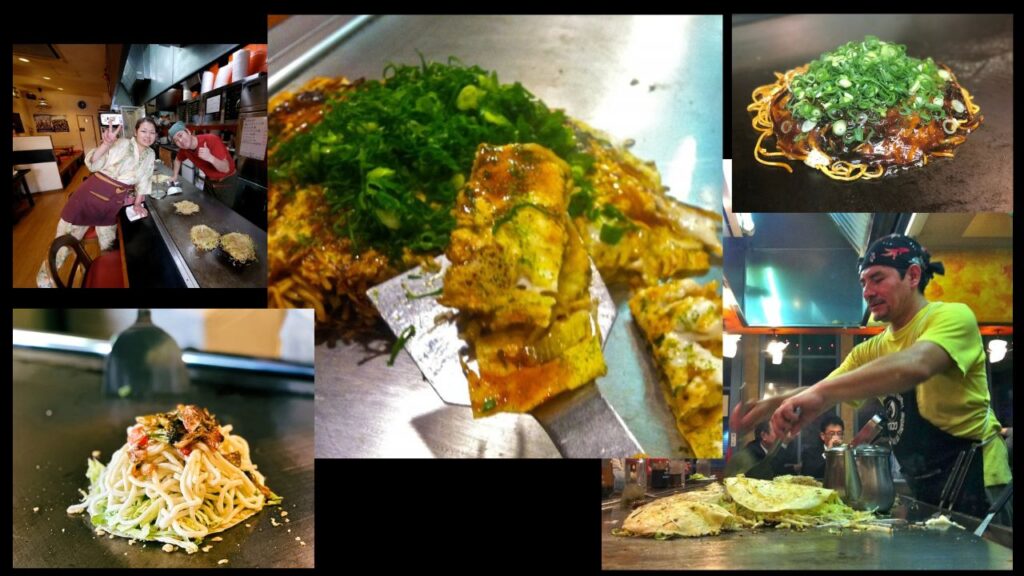
Hiroshima has been my home for 30 years, and this year, as we commemorate the 80th year since the people and city were completely devastated by the first-ever nuclear bomb at 8:15 a.m. on August 6th, 1945, it’s a meaningful time to be here as a longtime resident with a deep love for this place and its people.
Once you spend time here, you too will appreciate how the city has been rebuilt with a vision for Hiroshima as the City of Peace—a welcoming place to visit, to take in the horrors of what happened here but not blame anyone; only to use its significance and ruins to persuade people who visit and live here that nuclear weapons should be banned and never used again. It is also a fantastic place to live.
As long-term residents, it is thanks to how Hiroshima was rebuilt with an aim to recreate a high-value community that has kept us here. We have loved raising our kids here, buying an old house, collaborating with locals, and setting up our businesses with a focus on welcoming international visitors and new residents.

Hiroshima City’s post-war redesign is very people-friendly. The city visionaries moved all property lines back from the river’s edge, so each of the seven riversides is lined with trees, grassy spaces, as well as paths for cyclists and pedestrians.
Hiroshima also has great public transportation, from the shinkansen to trams, buses, and even ferries that link to many islands off the coast. There are countless coastal areas, island hikes and small towns to explore in addition to the main sights.
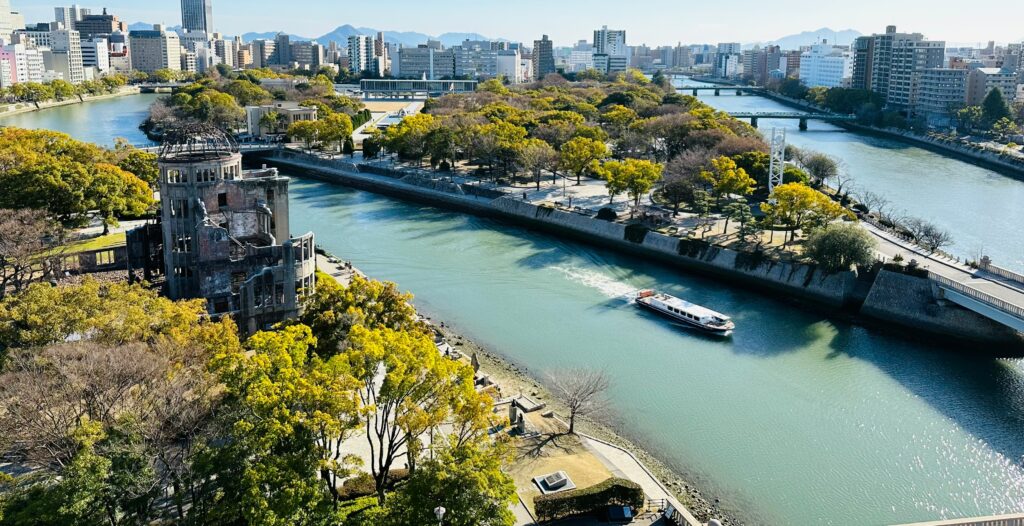
As an American, when I first came to Hiroshima, I had a heavy heart, drawn to the city to pay my respects, while feeling the weight of my country’s historical actions on my shoulders. Like many visitors I talk with today, I was pleasantly surprised by how beautiful Hiroshima City and the surrounding areas are, and by how friendly and kind the local people are, even to Americans like me.
When I met hibakusha Keiko Ogura, who survived the nuclear attack just before turning eight years old, I told her of feeling the weight of my country’s legacy. I was so touched when she said she doesn’t blame me for what my country’s leaders did in 1945. She held my hand and said that she hopes I will join her in working toward a more peaceful future. Keiko Ogura’s testimony always hits me hard, especially as we live in the same neighborhood where she miraculously survived 80 years ago.
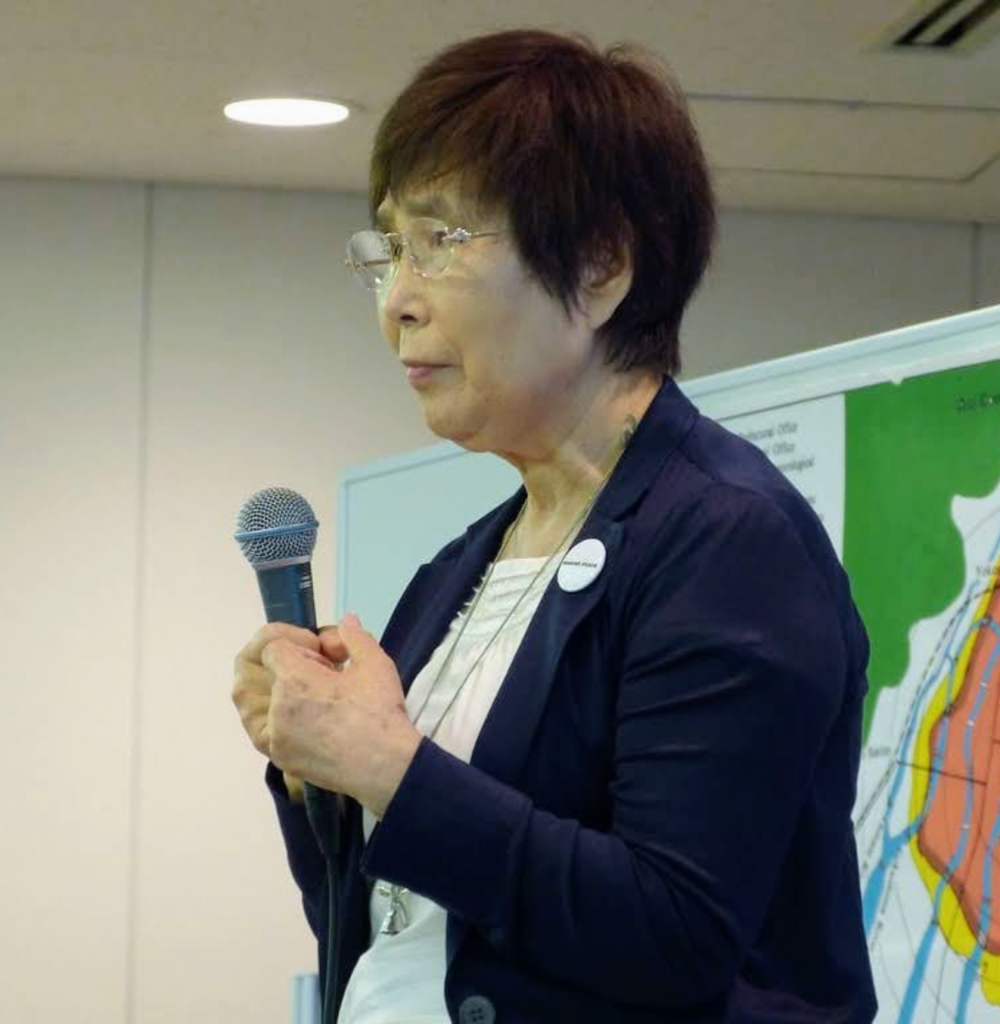
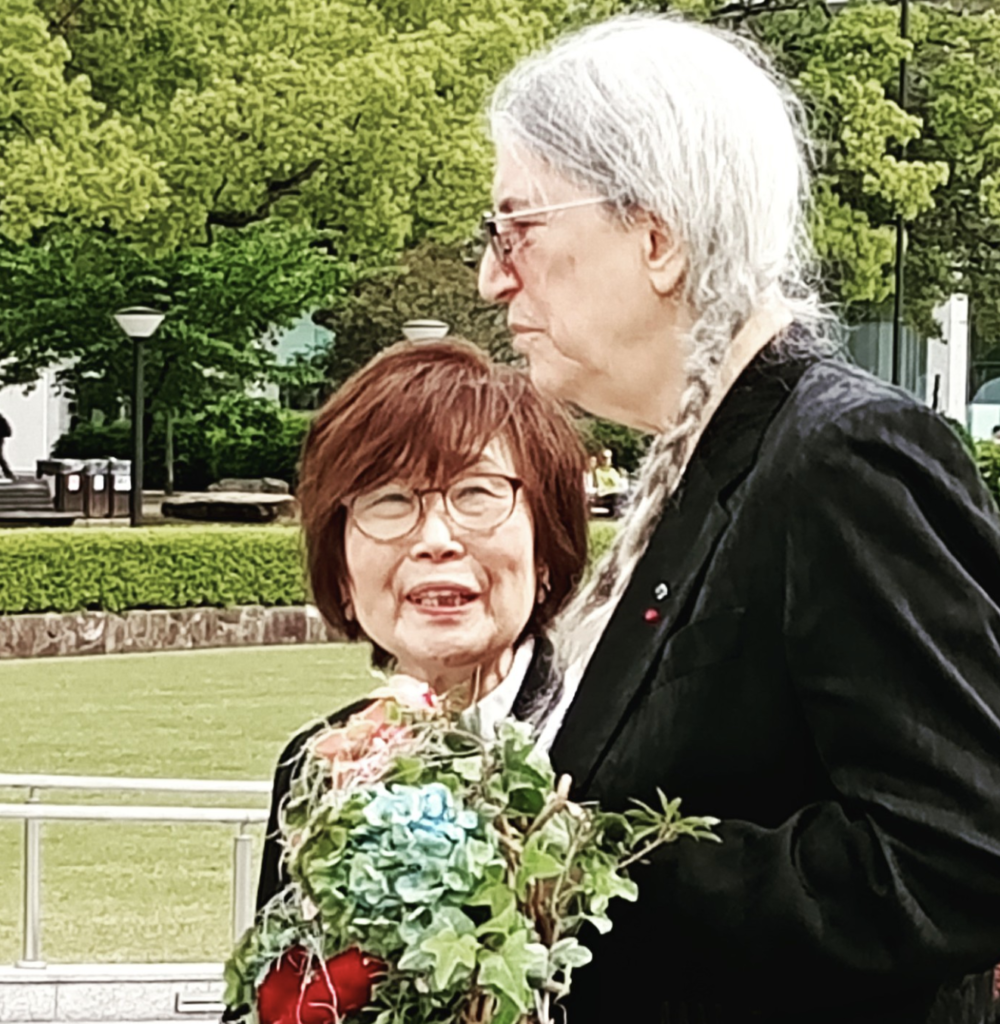
I also had the honor to talk with one of the youngest A-bomb survivors, Kazuhito Futagawa, at the Hachidorisha peace cafe. He told me he survived because his mother survived, as he was in utero on August 6th, 1945. I was struck by his powerful stories of living with discrimination as a nuclear survivor—the stigma against them in getting work, finding housing, or getting married and having kids. He told me that even now, he worries for his grandchildren’s health and possible stigma, which underlines the long-lasting generational effects of nuclear weapons.
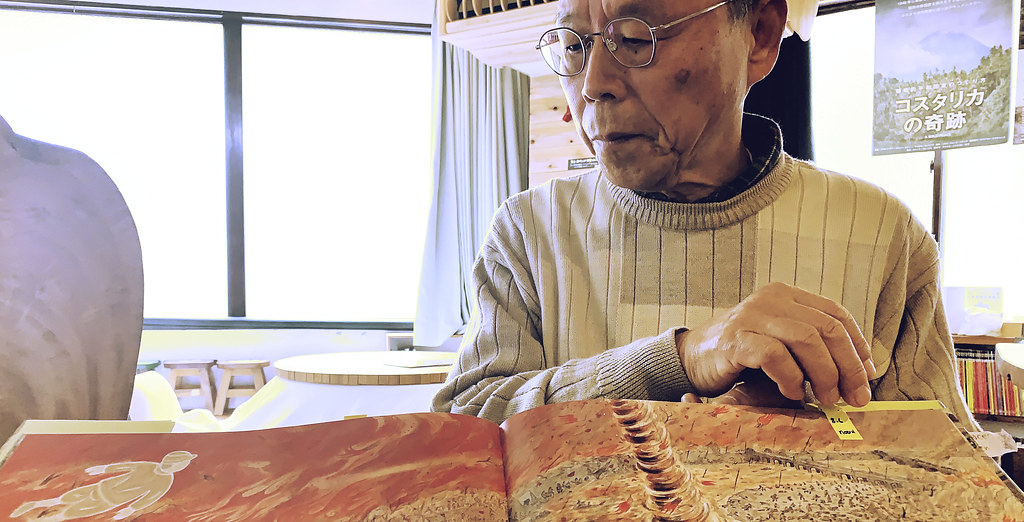
I’m constantly inspired by the resilience of local Hiroshima people, who rarely show bitterness—more often, they offer hope as they talk of the past horrors in efforts to create a better, more peaceful future for us all. Every day, as I engage with locals, it’s incredible to think how many people I talk with are likely connected to survivors or are A-bomb survivors themselves—their stories are still relevant to our lives today. I am also deeply grateful to any survivors willing to tell their stories, despite the pain these memories bring up.
Hiroshima is a popular destination for international conferences and peace events, and in this 80th year, we are seeing more journalists and activists visiting. In April, I saw peace activist and punk legend Patti Smith and hibakusha survivor Keiko Ogura speak together at an event in Peace Park. They shared personal stories, read poetry, and encouraged the audience to keep up public pressure to fight for peace in this world.
In May each year, hundreds of thousands of people visit Hiroshima to enjoy the annual Flower Festival, held over Golden Week along Peace Boulevard—dance troupes, relay races, food stalls, mascots, and performances show how vibrant and modern Hiroshima is now. Also, throughout the year, you can watch an outstanding Kagura performance in the city center with English language support on any Wednesday night.
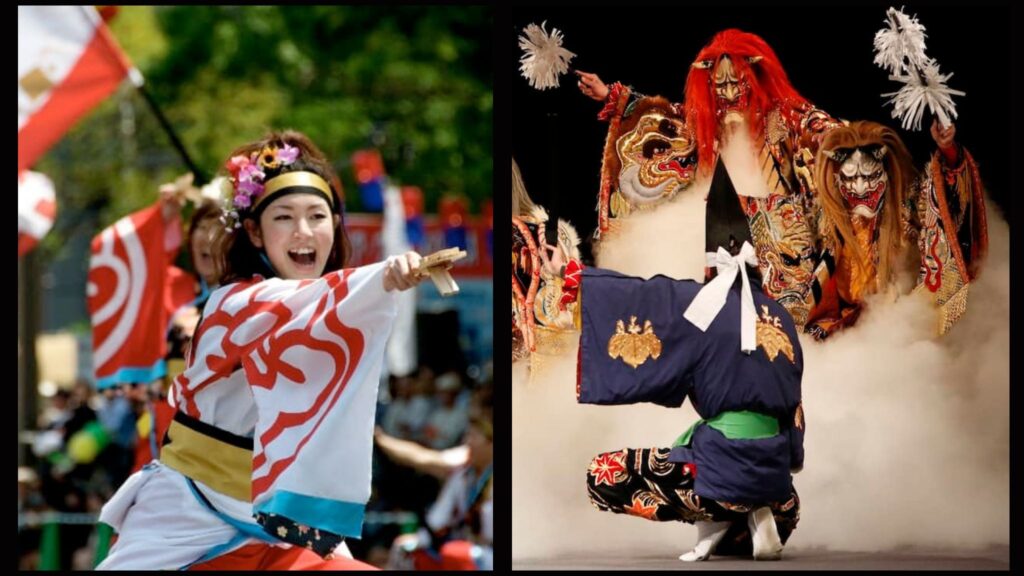
As locals, we hope people will stay longer and savor the real Hiroshima experience—all the hidden gems we know and love. Spend at least a day exploring the heart of the city: the shops, eateries, and sights in and around the Peace Memorial Park and UNESCO-designated A-bomb Dome ruins. But also enjoy cycling or walking along the riverside traffic-free zones. Why not hop on a classic streetcar, which was operated by young girls during the war, or expand your mind by viewing creative works at the Hiroshima Contemporary Art Museum?
The A-bombed warehouses in Deshio are powerful to see, and the City of Hiroshima’s museum-of-garbage incinerator is also very cool. There are many wonderful spots for hiking, cycling, or visiting temples and shrines.
My favorite is seeing the A-bomb survivor trees that regrew within a year of the blast and gave local people so much hope. These A-bomb survivor trees are documented by the UN’s Green Legacy Hiroshima project.
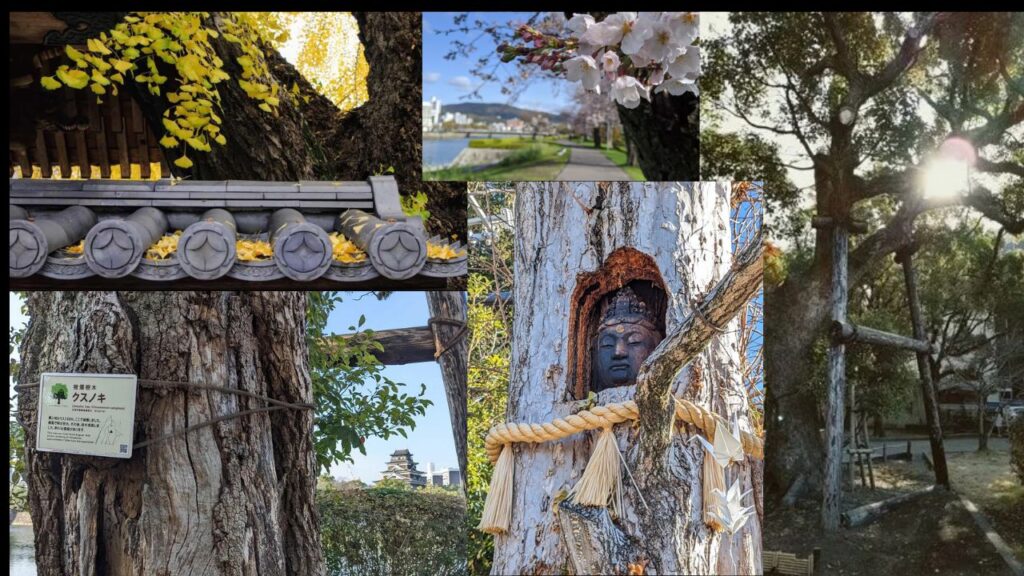
One of my favorite places, which I’ve seen a thousand times but still charms me, is Hiroshima’s shrunken-landscape Shukkeien Garden, which offers different views each time. The central stone bridge that survived the atomic bombing dates back to 1620, and the koi (carp) and turtles there are fun to watch.
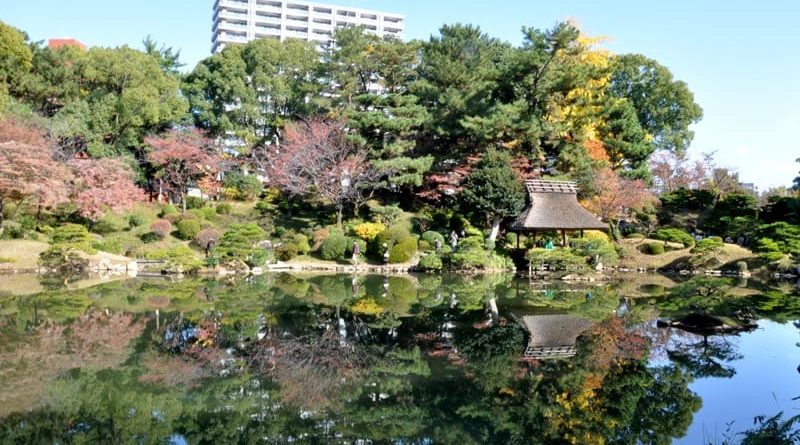
The sacred island of Miyajima is much more than just its UNESCO floating torii gate and shrine—venture into the backstreet shops, walk sacred forest paths, see the cute sacred deer, and discover fascinating temples on this island of three goddesses.
It’s also fun to visit the sake towns of Takehara and Saijo, or wander the historical port towns of Tomonoura or Onomichi. I love the movie history, classic temples, and eclectic shopping street in Onomichi, and it has also become a cycling hot spot—the gateway to the wonderful Shimanami Kaido route. Visitors can cycle across bridges, along glimmering coastlines, and pass different islands all the way to Shikoku.
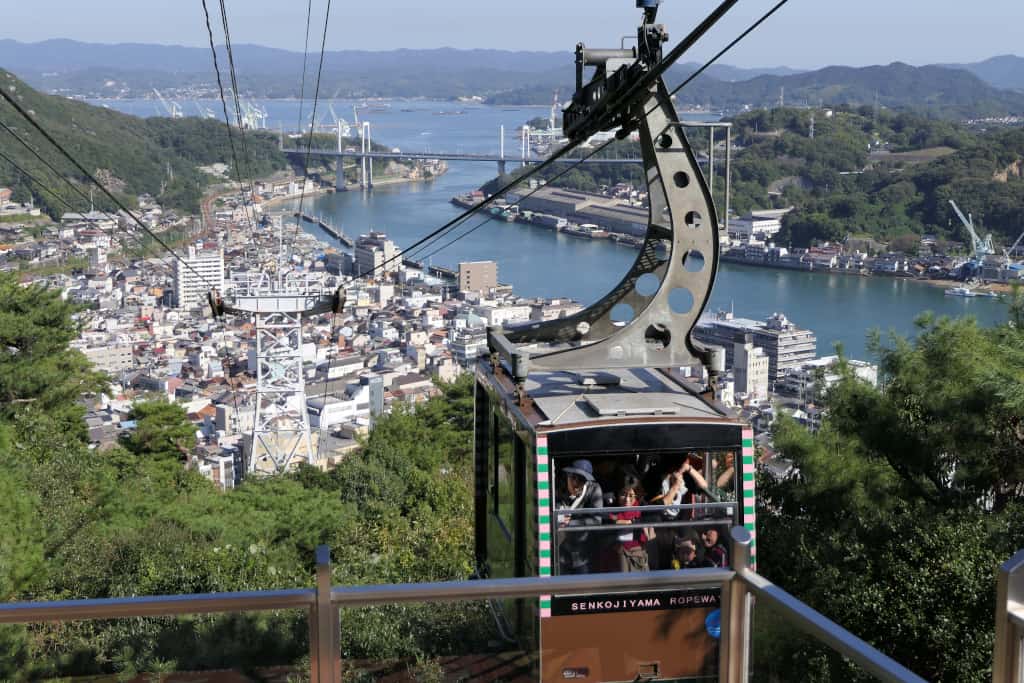

Rabbit island, Okunoshima, is also worth exploring for some super-cute bunny fun, which starkly contrasts with the island’s dark history of WWII chemical weapons production.

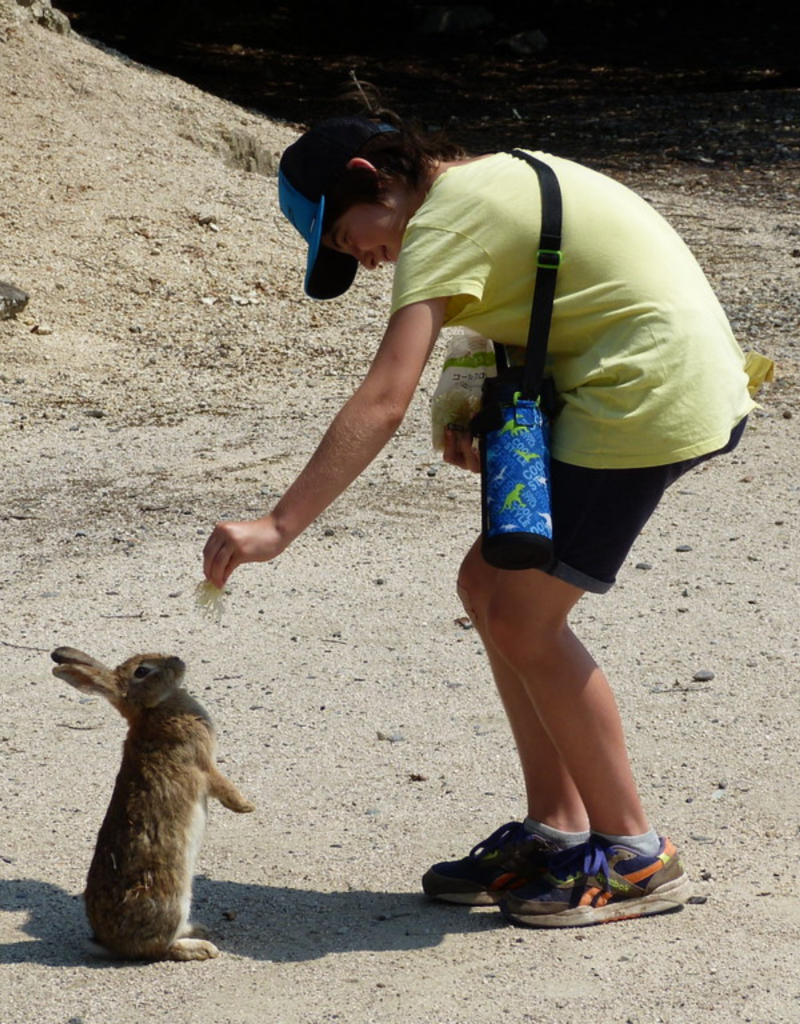
Even locals like me love a day trip to a nearby island, seeing a local artisan shop or pottery studio, a hidden temple, an interesting museum, or a quiet garden—but Hiroshima also has lively local festivals, fantastic places to eat, and a fun nightlife scene. If you want to chat with locals, a smile when you catch someone’s eye or a friendly chat on the train or in a shop is more than enough to make a nice connection with someone that enhances your time here.
Deeper bonds can happen over a hot teppan grill as you wait for our local favorite okonomiyaki—a layered pancake, vegetable and noodle dish. Okonomiyaki means “cooked-as-you-like” and is a great metaphor for life, or slow travel, in Hiroshima. The dish, which was started by single mothers after the war to support their families, used the flour given to them by the Allied forces to make the pancake and fill it with local vegetables as a survival food.
Hiroshima as a destination is also a place founded in deep history where it’s possible to customize—making your travel experience completely unique, engaging, and memorable as you enjoy spending time here. In fact, many of us long-timers attribute that first wonderful slow trip to why we never left. We look forward to also welcoming you here to experience Hiroshima like a local.
